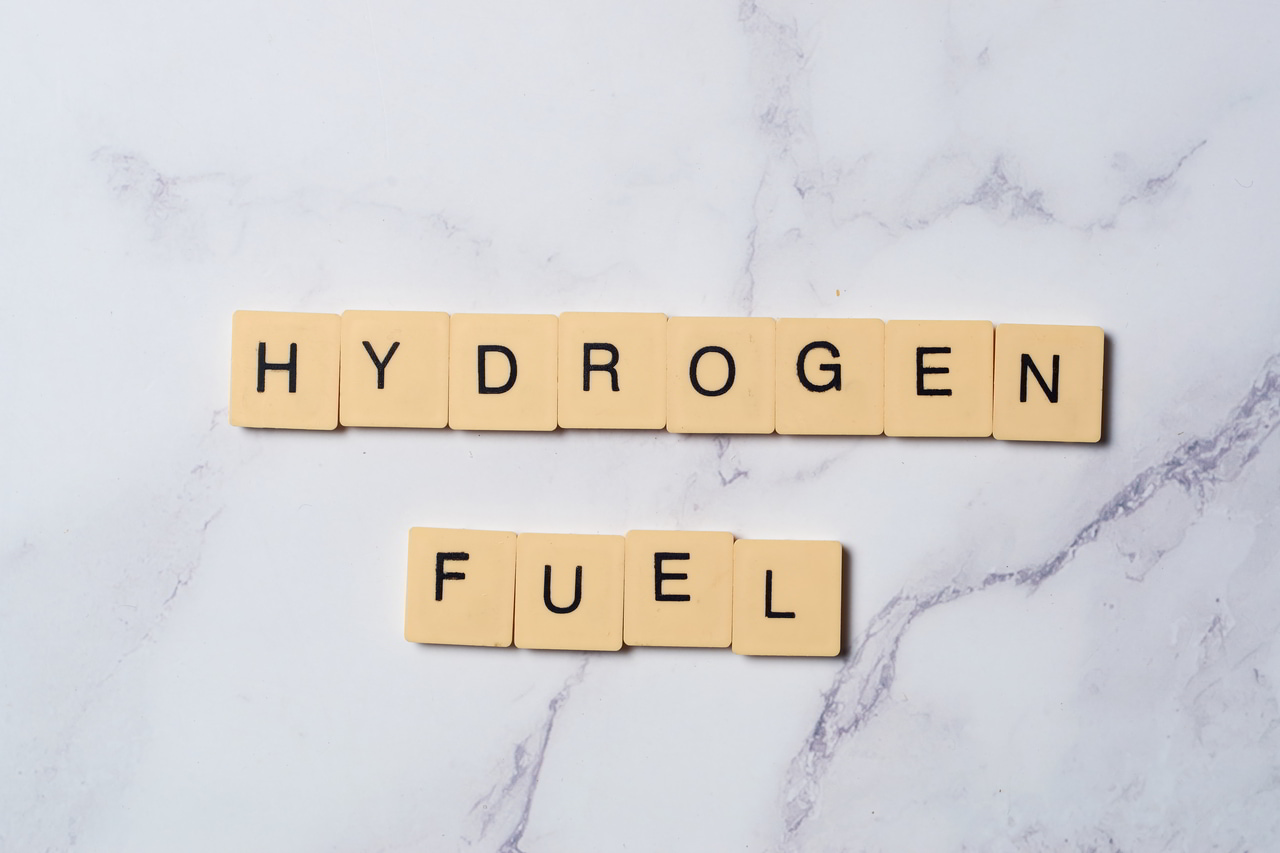As the worldwide maritime sector looks for realistic pathways to decarbonisation, hydrogen fuel cells have emerged as one of the most promising possibilities. However, despite continuous advancement and expanding real-world applications, outdated preconceptions and myths continue to muddle public perception.
Let us set the record straight. Below, we dispel some of the most popular myths about hydrogen marine fuel and marine fuel cell systems, explaining the facts for shipowners, decision-makers, and sustainability experts alike.
Myth 1: Hydrogen Is Too Dangerous for Maritime Use
It’s true – hydrogen is flammable. So is diesel. So is LPG. It matters more how a fuel is handled, not whether it can ignite under the right conditions. The concern surrounding hydrogen’s safety often stems from decades-old incidents and a lack of public familiarity with the fuel rather than current technology or protocols.
Modern hydrogen systems are designed with robust safety measures. From double-walled pipes and pressure relief valves to active monitoring and automated shutdown systems, safety has been prioritised at every stage – from storage to refuelling to onboard use. These systems are subject to rigorous class requirements, regulation, and certification processes.
The result? When installed and maintained correctly, hydrogen fuel for ships is no riskier than conventional fuels and, in some respects, offers improved safety outcomes.
Myth 2: Hydrogen Storage Takes Up Too Much Space on Board
Hydrogen’s low volumetric energy density does pose challenges – but those challenges are being actively solved. Compressed and liquefied hydrogen storage solutions have evolved significantly, becoming more compact, better insulated, and more energy-efficient.
The key lies in matching vessel types with the right marine hydrogen solutions. Short-sea shipping, ferries, harbour vessels, and service ships are already proving that space-efficient hydrogen integration is not only possible but practical. For long-haul shipping, hybrid systems or modular hydrogen storage may offer a bridge as technology and infrastructure matures.
Myth 3: Hydrogen Fuel Cells Are Economically Unfeasible
It’s fair to say that hydrogen fuel cell systems currently involve higher upfront costs than diesel engines. However, comparing capital expenditure in isolation misses the bigger picture.
Fuel cells are quieter, cleaner, and mechanically simpler—with fewer moving parts and lower maintenance requirements over the vessel’s lifecycle. When coupled with future-facing regulations (such as carbon pricing, sulphur limits, and low-emissions port incentives), hydrogen can become competitive much sooner than expected.
Costs for green or blue hydrogen and marine fuel cell technology are already on a downward trend—driven by economies of scale, improved production methods, and public-private investment across the supply chain. As these gains compound, the economic case continues to strengthen. In many cases using a fuel cell is cheaper than using a diesel generator!
Myth 4: Hydrogen Infrastructure at Ports Is Non-Existent
This is changing—and rapidly. Major ports across Europe, Asia, and North America are investing in hydrogen marine fuel infrastructure. Governments and port authorities are working alongside private sector innovators to develop hydrogen-ready terminals, mobile fuelling systems, and integrated supply chains.
We’re at the beginning of the curve, yes—but the progress is measurable. Hydrogen is following a similar trajectory to LNG adoption, where initial concerns about infrastructure eventually gave way to widespread availability.
The takeaway? Ships built today with hydrogen compatibility won’t be left waiting. The infrastructure is coming—and early adopters may even benefit from exclusive access to new clean fuel corridors.
Myth 5: Hydrogen Isn’t Truly a Green Fuel
This depends entirely on how the hydrogen is produced. Grey hydrogen (derived from natural gas) still carries a carbon footprint. However, green hydrogen, produced through electrolysis using renewable electricity, is 100% clean at the point of generation and use.
What’s more, global production of green hydrogen is accelerating. From wind-powered electrolysis plants in Denmark to solar-integrated hydrogen hubs in Australia, infrastructure is scaling to meet the demand for genuinely sustainable hydrogen energy for vessels.
For shipowners focused on maritime decarbonisation, the opportunity to transition to a clean, closed-loop fuel has never been more within reach.
Myth 6: The Maritime Industry Isn’t Ready
It’s easy to assume that shipping is too traditional to embrace innovation. But behind the scenes, the industry is already shifting.
Major shipbuilders are designing hydrogen-compatible vessels. Classification societies have published hydrogen and fuel cell safety and compliance standards. Pilot projects are active in multiple regions, and marine fuel cell providers are scaling production to meet demand.
It’s not about readiness—it’s about timing. Those who begin the transition now will be ahead of compliance curves, funding incentives, and growing consumer expectations for greener supply chains.
Rethinking What’s Possible
Hydrogen isn’t a silver bullet but a serious, scalable part of the maritime decarbonisation toolkit. Many of the myths still surrounding it are based on outdated assumptions or incomplete information.
As technology improves, regulations tighten, and environmental accountability becomes a business imperative, the question isn’t whether hydrogen will play a role—but how soon your organisation will engage with it.
Proteus Energy: Leading in Hydrogen Marine Fuel Innovation
At Proteus Energy, we work with forward-thinking maritime operators to deliver practical, future-ready hydrogen solutions. Our expertise in hydrogen marine fuel, hydrogen fuel cell systems, and marine fuel cell technology positions us as a leading partner in helping the shipping sector reduce emissions while maintaining performance and reliability.
Whether you’re assessing feasibility, upgrading existing fleets, or newbuildings, Proteus Energy offers tailored support and deep technical insight into the evolving world of hydrogen energy for vessels.
Partner with Proteus Energy and take the next step toward meaningful maritime decarbonisation. Get in touch today to explore a cleaner, more sustainable course.




